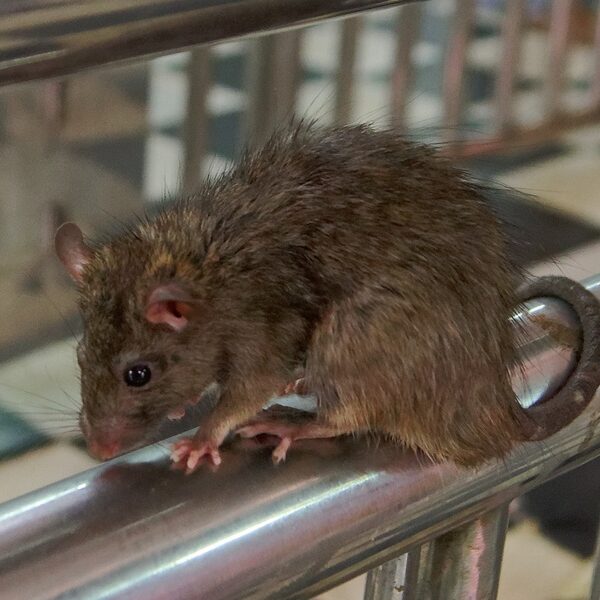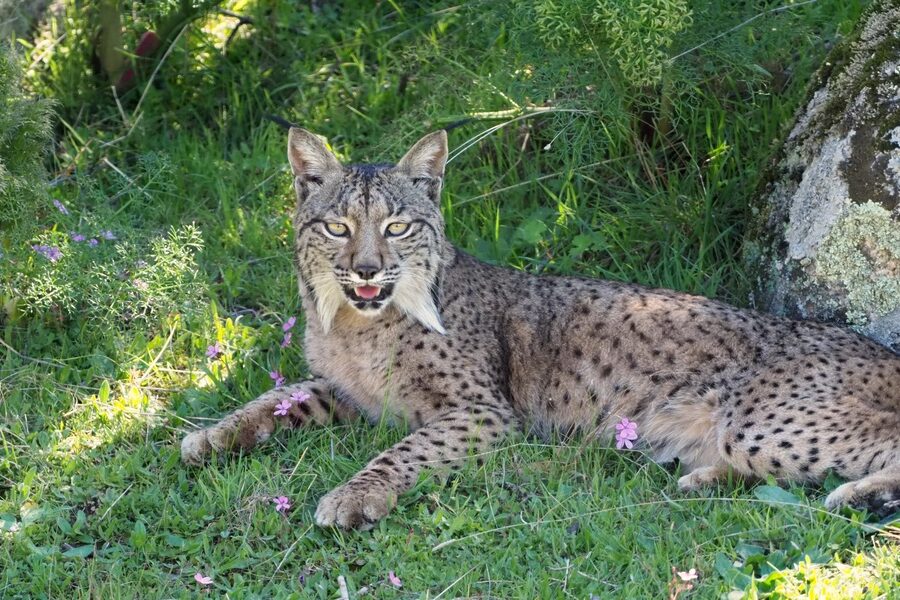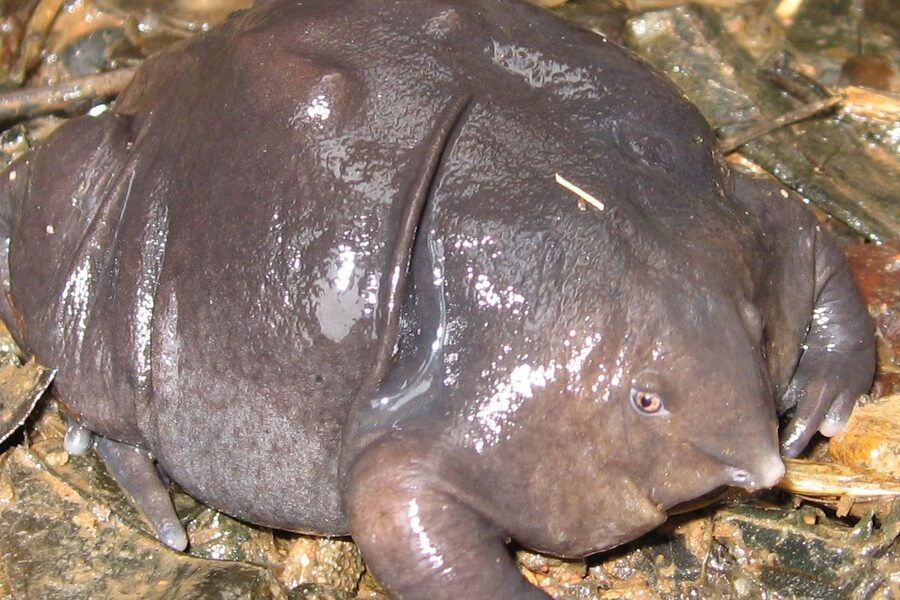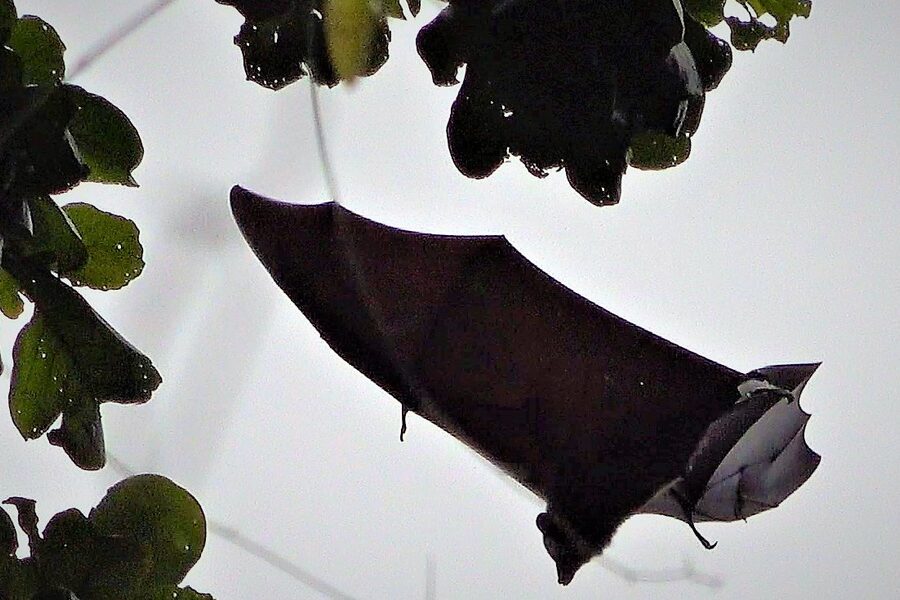Serbia’s mix of lowland plains, river valleys, karst landscapes and mountain slopes creates a patchwork of habitats that support a surprising variety of reptiles. From sun-baked rocks to riverbanks and forest edges, species adapt to very different microclimates across the country.
There are 32 Reptiles of Serbia, ranging from Aesculapian Snake to Snake-eyed Skink. For each species I list the Scientific name,Presence in Serbia (region),Habitat so you can quickly see classification, regional occurrence and preferred environment — you’ll find below.
Where in Serbia are these reptiles most commonly found?
Reptile distributions cluster by habitat: the Pannonian Plain and river valleys host many grassland and wetland species, karst and rocky southern areas favor wall lizards and some snakes, and forested or montane zones hold species adapted to cooler, shaded habitats. The region column in the list helps pinpoint local occurrences.
Are any of these reptiles dangerous or legally protected?
Most species are harmless to people; a few vipers are venomous and warrant caution if encountered. Several reptiles are legally protected or monitored under national and EU conservation rules, so handling or disturbing them is often restricted — check local regulations before interacting.
Reptiles of Serbia
| Common name | Scientific name | Presence in Serbia (region) | Habitat |
|---|---|---|---|
| European Pond Turtle | Emys orbicularis | Nationwide | Wetland, slow rivers, ponds |
| Hermann’s Tortoise | Testudo hermanni | Central and Southern Serbia | Dry grassland, scrub, open woodland |
| Balkan Terrapin | Mauremys rivulata | Extreme south | Wetland, streams |
| Pond Slider | Trachemys scripta | Nationwide (localized) | Urban ponds, canals, lakes |
| Common Wall Lizard | Podarcis muralis | Nationwide | Rocky, urban, walls, gardens |
| Balkan Wall Lizard | Podarcis tauricus | Vojvodina, Danube basin, Eastern Serbia | Grassland, steppe |
| Dalmatian Wall Lizard | Podarcis melisellensis | Western Serbia (Drina valley) | Rocky, scrub |
| Erhard’s Wall Lizard | Podarcis erhardii | Southern Serbia | Rocky, scrubland |
| Sand Lizard | Lacerta agilis | Nationwide (patchy) | Grassland, sandy soil, heathland |
| Green Lizard | Lacerta viridis | Nationwide | Forest edge, scrubland, gardens |
| Balkan Green Lizard | Lacerta trilineata | Southern Serbia | Scrubland, open woodland |
| Slow Worm | Anguis fragilis | Nationwide | Forest, grassland, gardens |
| Greek Slow Worm | Anguis graeca | Southern and Western Serbia | Mountain meadow, forest |
| Glass Lizard | Pseudopus apodus | Central and Southern Serbia | Dry scrub, rocky slopes |
| Common Lizard | Zootoca vivipara | Mountain regions | Damp meadow, bogs, forest clearings |
| Snake-eyed Skink | Ablepharus kitaibelii | Nationwide | Dry grassland, leaf litter |
| Kotschy’s Gecko | Mediodactylus kotschyi | Southern Serbia | Rocky, urban, ruins |
| Mosor Rock Lizard | Dinarolacerta mosorensis | Western and Southwestern mountains | Rocky, karst |
| Horvath’s Rock Lizard | Iberolacerta horvathi | Western mountains | High-altitude rocky habitats |
| Grass Snake | Natrix natrix | Nationwide | Wetland, near water |
| Dice Snake | Natrix tessellata | Nationwide | Rivers, lakes, ponds |
| Smooth Snake | Coronella austriaca | Nationwide | Dry slopes, heathland, forest clearings |
| Aesculapian Snake | Zamenis longissimus | Nationwide | Forest, scrubland, ruins |
| Four-lined Snake | Elaphe quatuorlineata | Central and Southern Serbia | Open woodland, rocky slopes |
| Leopard Snake | Zamenis situla | Southern Serbia | Sunny rocky areas, scrub, ruins |
| Caspian Whip Snake | Dolichophis caspius | Widespread (except west) | Steppe, rocky slopes, farmland |
| Balkan Whip Snake | Platyceps najadum | Southern Serbia | Dry, rocky habitats |
| Montpellier Snake | Malpolon monspessulanus | Southern Serbia | Dry scrubland, rocky areas |
| European Cat Snake | Telescopus fallax | Southern Serbia | Rocky slopes, scrub, ruins |
| Nose-horned Viper | Vipera ammodytes | Widespread (except Vojvodina) | Sunny, rocky hillsides, scrubland |
| Common European Adder | Vipera berus | Widespread (often in mountains) | Heathland, bogs, woodland, mountain meadows |
| Meadow Viper | Vipera ursinii | Šar Mountains, Prokletije | High-altitude grassland |
Images and Descriptions
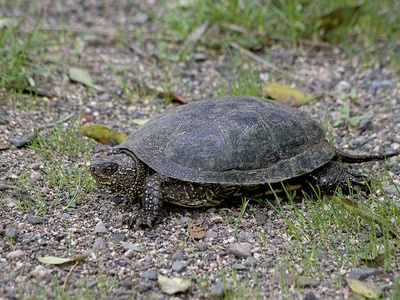
European Pond Turtle
A common native turtle with a dark, yellow-speckled shell, reaching up to 25 cm. Found in still or slow-moving waters across the country. It is a protected species, threatened by habitat loss and invasive turtles.

Hermann’s Tortoise
This is the most common land tortoise in Serbia, growing to about 20 cm. Recognizable by its yellow and black patterned shell. Populations are declining due to habitat loss and illegal pet trade, so it is strictly protected.

Balkan Terrapin
A dark-colored, semi-aquatic turtle similar to the Pond Turtle, reaching up to 23 cm. It is extremely rare in Serbia, found only in the southernmost parts of the country, at the very edge of its global range.
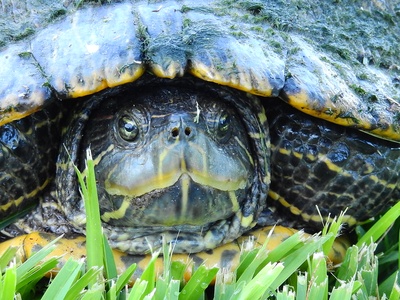
Pond Slider
An invasive North American turtle, often with a red streak behind the eye, growing to 30 cm. Originally kept as pets, released individuals have established populations that outcompete native turtles for food and basking spots.
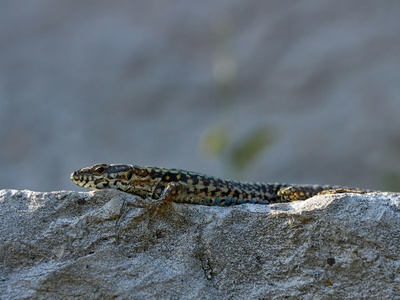
Common Wall Lizard
Serbia’s most frequently seen lizard, up to 20 cm long. Incredibly adaptable, it thrives everywhere from natural rock faces to city walls and gardens. Its color varies greatly, but it is always fast and agile.
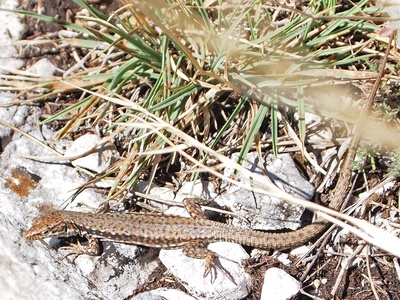
Balkan Wall Lizard
A ground-dwelling lizard of open, grassy plains, reaching 22 cm. Males are a stunning bright green during the spring mating season. It is a typical inhabitant of Serbia’s lowland steppe and sandy regions.
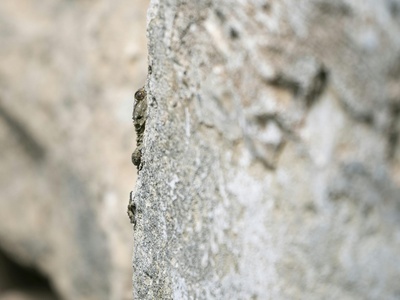
Dalmatian Wall Lizard
A small, slender lizard of around 18 cm, found in a very limited area of western Serbia. It prefers dry, rocky habitats and is much more common along the Adriatic coast, making its Serbian presence special.
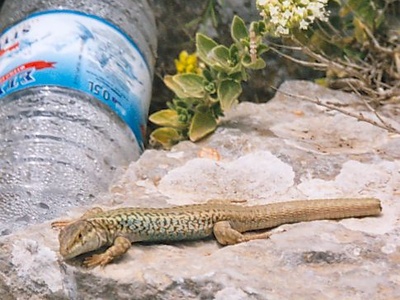
Erhard’s Wall Lizard
A hardy lizard of dry, rocky slopes in southern Serbia, growing to 20 cm. Its coloration is highly variable, perfectly camouflaging it against the rocks and soil of its habitat. It’s a true Balkan specialist.
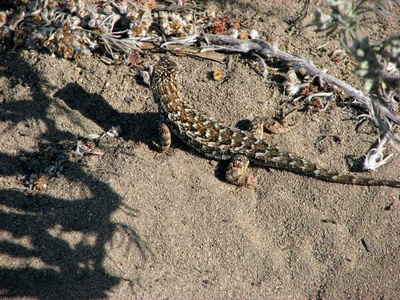
Sand Lizard
A stocky, robust lizard reaching 25 cm, with males turning a brilliant green in spring. It prefers open, sun-exposed habitats with loose soil for burrowing. Its populations are often isolated and locally threatened.

Green Lizard
One of Serbia’s largest lizards, often exceeding 40 cm. Adults are a vibrant green, with males sporting a striking blue throat during breeding season. Commonly heard rustling loudly in bushes before being seen.

Balkan Green Lizard
Even larger than its common cousin, reaching up to 45 cm. It is found in the warmer, drier habitats of southern Serbia. Juveniles have three distinct pale stripes down their back, which fade as they mature.

Slow Worm
This is a harmless legless lizard, not a snake, growing to 45 cm. It has eyelids (unlike snakes) and can shed its tail. It’s secretive, often found under logs or stones, and is a welcome guest in gardens.

Greek Slow Worm
Very similar to the Common Slow Worm but a distinct species found in more mountainous southern regions. It often has prominent blue spots, especially on males. It is non-venomous and lives a secretive lifestyle in leaf litter.
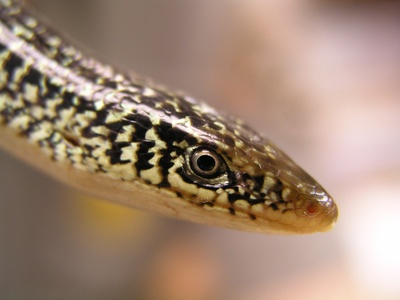
Glass Lizard
A very large, non-venomous legless lizard that can exceed 120 cm. It looks like a snake but has ear openings and eyelids. Its name comes from its ability to break its tail into several pieces to escape predators.

Common Lizard
A small lizard of about 16 cm, adapted to colder climates in Serbia’s mountains. Unusually, it gives birth to live young (viviparous), which helps them survive in short-season, high-altitude environments.
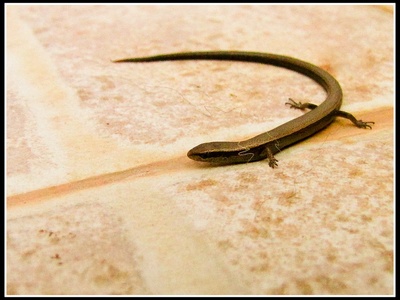
Snake-eyed Skink
A tiny, secretive lizard of only 12 cm with smooth, shiny scales. It lacks movable eyelids; a transparent scale covers the eye, giving it a snake-like stare. It moves rapidly through grass and under leaves.
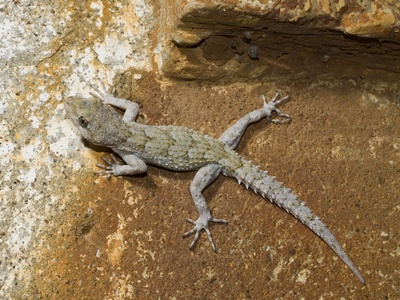
Kotschy’s Gecko
A small, slender nocturnal gecko of about 10 cm, found only in the very south. Unlike typical geckos, it has claws instead of sticky pads, helping it climb on rough surfaces like rocks and old stone walls.

Mosor Rock Lizard
A flattened lizard adapted for life in the crevices of high-altitude limestone rocks. Growing to 18 cm, this Balkan endemic is a specialist of the Dinaric Alps, with a striking net-like pattern.

Horvath’s Rock Lizard
A rare and protected glacial relict species, about 16 cm long. It survives in isolated, cool, and humid high-altitude rocky areas in western Serbia. Its presence indicates a pristine mountain environment.
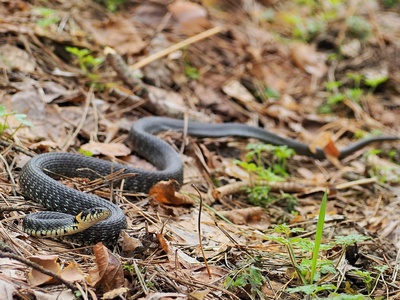
Grass Snake
A common, non-venomous snake easily identified by the distinct yellow, white, or orange collar behind its head. It can grow to 120 cm, is an excellent swimmer, and often feigns death when threatened.
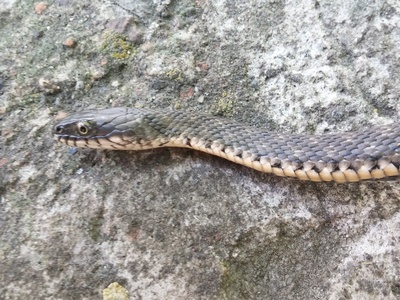
Dice Snake
A highly aquatic, non-venomous snake up to 100 cm that feeds almost exclusively on fish. It has a checkered (dice-like) pattern and lacks the prominent collar of the Grass Snake. It is completely harmless to humans.
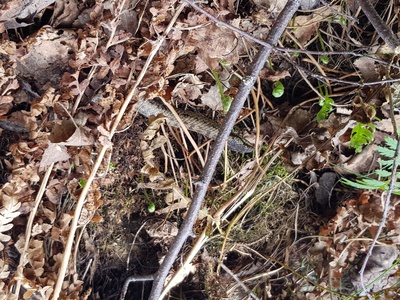
Smooth Snake
A small, secretive, non-venomous snake reaching about 70 cm. Often confused with the adder, but it has round pupils and a less distinct pattern. It is harmless and preys mainly on lizards and small rodents.
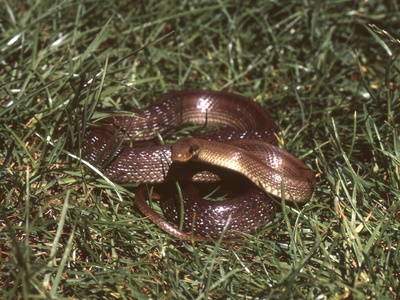
Aesculapian Snake
A large (up to 180 cm), graceful, and non-venomous snake famous for its role in the medical Rod of Asclepius symbol. It is an excellent climber, often found in forests, on stone walls, and around old ruins.
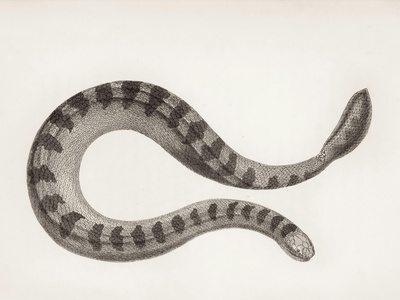
Four-lined Snake
One of Europe’s largest snakes, this non-venomous constrictor can reach 200 cm. Adults have four distinct dark stripes along a yellowish-brown body, while juveniles are blotched. It’s a powerful but docile snake.
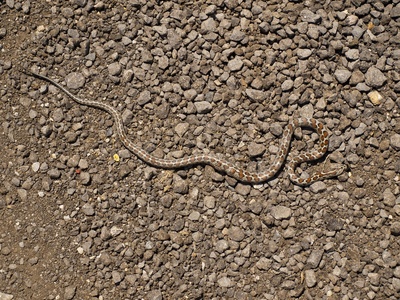
Leopard Snake
Widely considered Europe’s most beautiful snake, growing to 100 cm. It has a stunning pattern of red or brown blotches with black borders. This non-venomous snake is rare and strictly protected in Serbia.

Caspian Whip Snake
A very large (up to 220 cm), fast, and non-venomous snake. It is known for its defensive nature and will readily bite if cornered, but it is not dangerous. It’s a dominant predator in open, dry habitats.
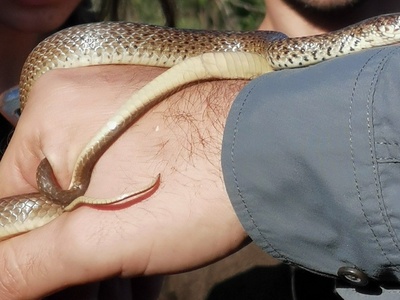
Balkan Whip Snake
An incredibly slender and fast non-venomous snake, reaching 100 cm. It prefers hot, sun-exposed rocky areas. Its most distinctive feature is the dark spots on its neck and shoulders that look like a collar.

Montpellier Snake
A large snake (up to 200 cm) with prominent “eyebrow” scales giving it a fierce look. It is mildly venomous, with fangs in the rear of its mouth used to subdue prey. It is not considered dangerous to humans.

European Cat Snake
A small nocturnal snake (up to 90 cm) with vertical pupils like a cat. It is mildly venomous and rear-fanged, posing no threat to humans. It is very secretive and rarely encountered, preying mostly on lizards.
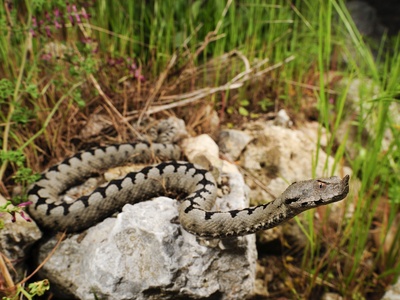
Nose-horned Viper
Serbia’s most venomous snake, easily identified by the fleshy “horn” on its snout. It can grow to 85 cm and has a potent venom. Bites are a medical emergency, but the snake is shy and avoids humans if possible.
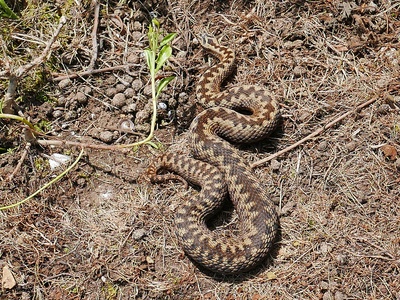
Common European Adder
The most widespread venomous snake in Serbia, recognized by a continuous dark zigzag pattern on its back. Reaching about 75 cm, it is less venomous than the Nose-horned Viper but a bite still requires medical care.

Meadow Viper
Serbia’s smallest and most endangered viper, rarely exceeding 50 cm. It lives in isolated mountain meadows and is strictly protected. Its venom is the least potent among Serbian vipers, and it is extremely rare to see.

